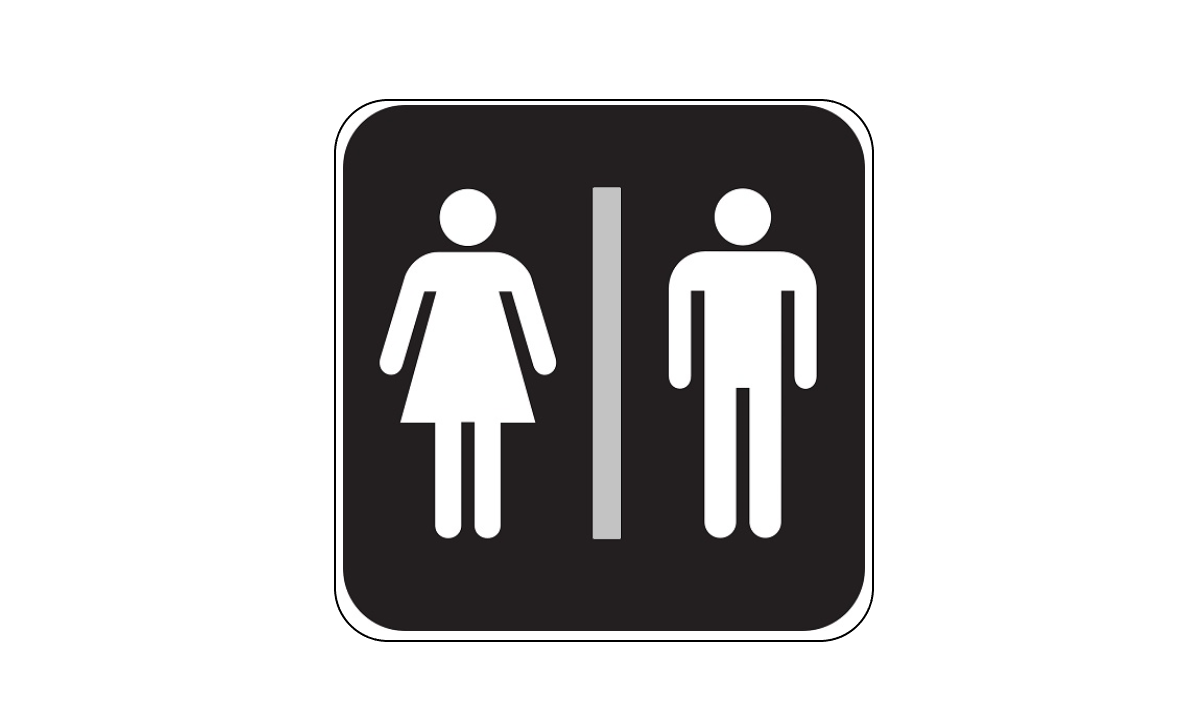If your toilet is constantly running, you don’t necessarily need to call a plumber. You can fix it yourself if you’re comfortable with plumbing. However, if you’re not experienced with plumbing, it might be a bit challenging. To fix a running toilet, you first need to understand how it works. Most people know that water fills the toilet tank and when you flush, the water flows from the tank into the toilet bowl to remove waste.
However, this process may be unclear to some. Water enters the tank through a tube and flows back through a flapper at the bottom. The fill valve shuts off the water flow once it reaches a certain level, which is determined by a float like a rod or cup. If this valve malfunctions, water may continue to rise and overflow into a protective tube, causing the toilet to run continuously.

Why Won’t My Toilet Stop Running?
When your toilet will not stop running, it cannot keep the water level steady in the tank and bowl. This might be due to a number of problems, such as a leaking flapper that leaks, an improperly set float, or a broken fill valve. Some of these problems are simple to identify and resolve. Following are easy instructions to assist you in finding the best thing you can do if your toilet continues to keep running.
Fill Tube
There are multiple pipes and valves within your toilet. Check for the fill tube, which connects the overflow tube to the fill valve. The fill tube is small and flexible. Check that it connects with the fill valve and overflow tube and fits about an inch under the overflow tube’s rim. When it is not in its correct spot, changing it may resolve the problem.
Fill Height
Every toilet has a float that is connected to the fill valve. When this float is set incorrectly, the water will run continually. Your toilet will not flush correctly if it is set improperly. The water is supposed to come to a stop around an inch before it reaches the rim of the overflow tube. Once it does not, the float must be adjusted. When the float continues to cause problems, it may be necessary to replace it.
Handle and Flapper
Check the grip and flapper when your fill valve and fill level are fine. If the link connecting the grip to the flapper becomes too short or twisted, the flapper fails to close, and the water will keep flowing. Modify the linkage to add flexibility so the flapper closes with no handle affecting the toilet lid once flushed. If tightening the links does not resolve the issue, you may need to purchase a new flapper available at any hardware shop.
Take off the Lid
Remove the cover to begin repairing your toilet. Simply remove it off the top of the toilet and set it aside.
How to Stop a Toilet That Keeps Running
A running toilet indicates that either water is continually going through the flush valve flapper or that water flows from the tank into the overflow tube. Follow the steps to stop a toilet that keeps running.
- To turn off the water supply, find the switch located below the toilet and turn it around.
- Remove the tank lid and set it aside.
- A floating object is a bouncy device that rises and falls along the water level. A metal or plastic arm usually connects it to the fill valve.
- To increase or decrease the float, simply move the metal or plastic arms in either direction. If the water level is too high, drop the float by bending the limb downward. When it’s too low, then lift the float by bending the arm upward.
- Allow the toilet to be full after flushing it. The tank’s water level must be just under the top of the tube used for overflow if it does not, reposition the float once the water level is correct.
- To restart the water supply, turn the valve that turns off the water in opposite directions.
Fix Common Problems in Simple Steps
A running toilet is not only inconvenient; it is also a waste of water, which may increase your water bill. To resolve this issue, verify which part has created the problem, and then you can fix common problems by following the given simple steps.
- Check the Overflow Tube Height.
- Reduce the tank’s water level.
- Look into the Flush Valve Chain.
- Check the Flapper.
- Adjust the Flush Valve.
- Replace the Fill Valve.
How can I repair a running toilet with a flush button?
When your toilet has a button for each flush and is always running, clean or replace the seal first. If the problem remains, or if the water level is exceeded and nearly overflowing, the valve that fills the tank may need to be replaced.
Why isn’t my toilet flushing?
Toilets might fail to flush for many reasons, such as a broken chain, a malfunctioning flapper, an incorrect water level, a faulty float, rim jet jams, or a pipe blockage that must be cleaned using a plunger to clear.
Is it possible for a running toilet to create problems?
While clearly difficult, a continually running toilet may be expensive in many ways. Running toilets sometimes become more than just a discomfort, resulting in expensive water bills, likely overflow, or a broken drainage system.
What are the indications of a stopped toilet?
If you’re continually fixing the toilet because it blocks, flushes badly, has breaks, falls at the bottom, and is usually old, it’s time to replace it.